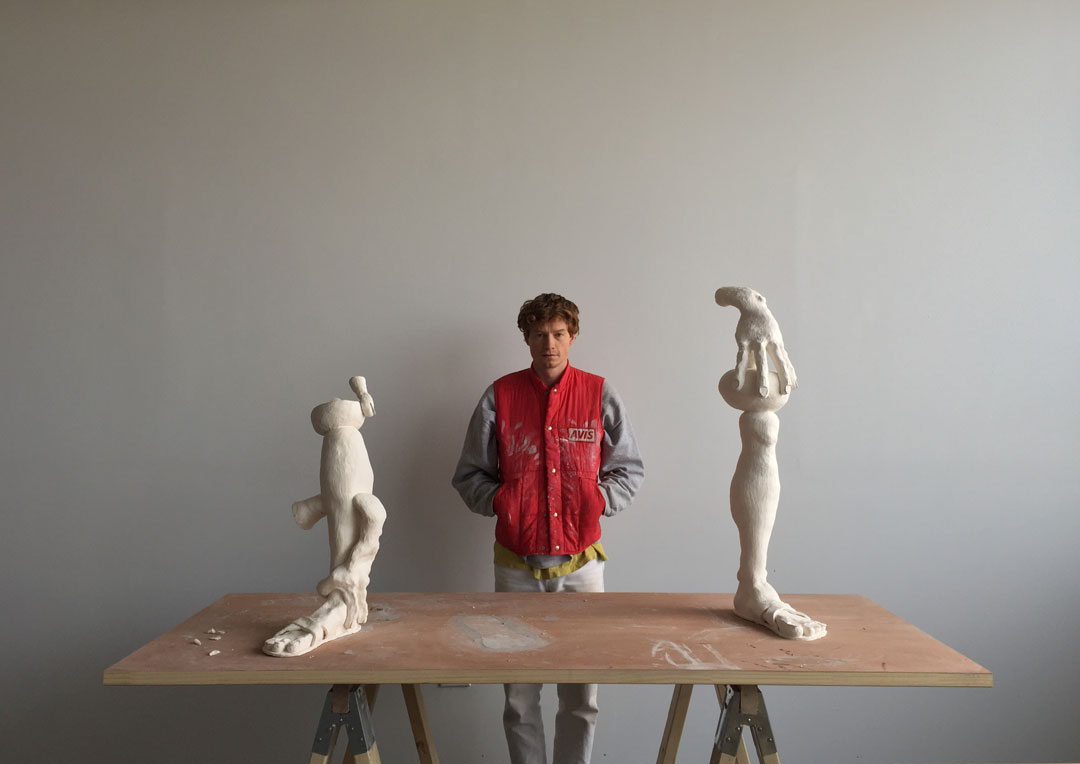
Jesse Wine - Why I Create
Exploring the inspirations and attitudes of artists working with clay and ceramic, featured in Vitamin C
Jesse Wine’s reliefs, vessels and tableau-like scenes explore process, colour and form, testing the potential of clay as a responsive, sculptural material. His approach to making leaves much to chance: he experiments with traditional glazing and firing techniques and embraces the possibility of error and uncertainty. The results are often unstable; colours melt and blend and structures collapse, the surfaces of the sculptures are brittle and uneven with glazes that flake and crack. Wine’s playful ceramic objects and still lifes give form to the peculiarities and rituals of the everyday, drawing on our shared experiences. His lopsided and crumpled empty vessels are often finished with oxidized rust or shiny metallic glazes; misshapen heads wear mischievous expressions, with contorted faces and tongues poking out. Here, the Vitamin C: Clay and Ceramic in Contemporary Art featured artist tells us why he works in the medium, what particular challenges it holds for him and who he thinks always gets it right.
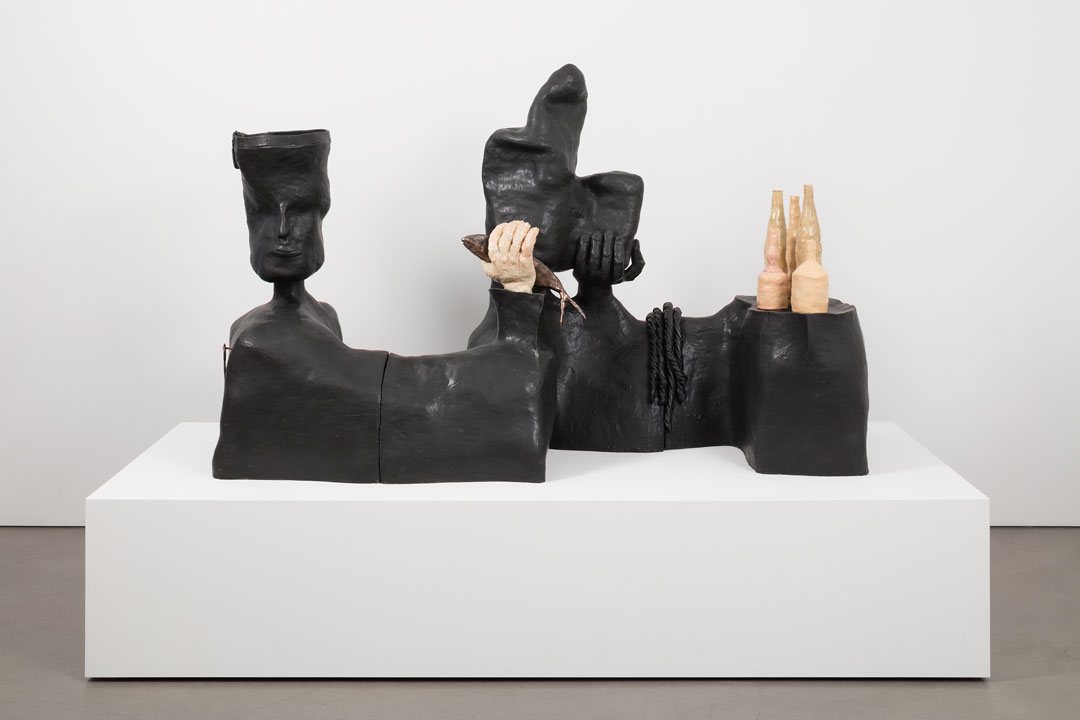
Who are you and what’s your relationship to clay and ceramics? My name is Jesse Wine. I’m an artist working mainly in clay.
Why do you think there’s an increased interest around clay and ceramics right now? I think it’s a response to digital technology. As contemporary technology continues to grow and dominate our lives a space for resistance has developed. I think most interestingly this has happened in a broader cultural capacity than specifically within art; various handicrafts becoming increasingly popular from ceramics to weaving to the culinary world, droves of people have returned to the notion of making things themselves. The renaissance of the night-class. Furthermore the consistency in mass production with home goods for example, has led to a converse desire that draws on the imperfect, the hand left on something resulting in a certain personality or authenticity in the object.
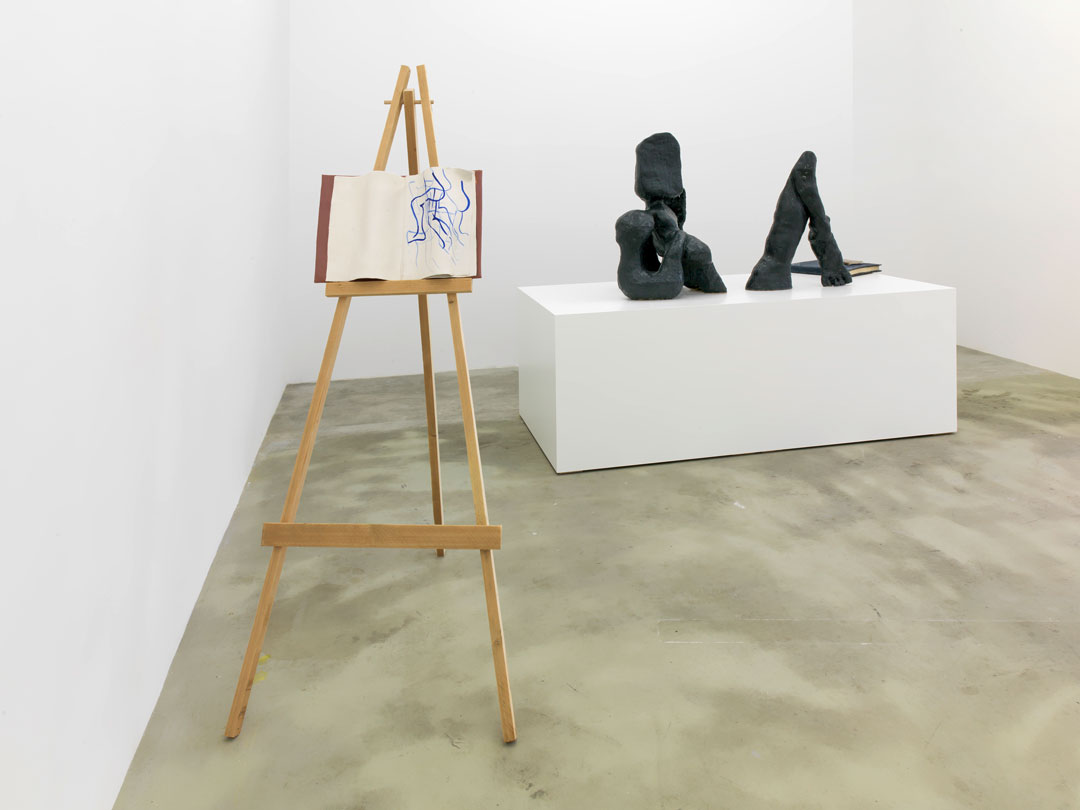
In respect to artists I think there is something similar at play; 20 years ago it would cost a fortune to have something produced by an art-fabricator. Now, through digital technology these prices have been driven down, meaning that an artist on a small budget can afford to outsource production. This option has become a consideration at a much earlier point in an artist's career than in previous times and so artists are making bigger decisions about identity and commitment from the moment they start making as a conscious artist. Which is nuts. I think it’s a real fork in the road, make yourself? Or, outsource production? And so those who make themselves are particularly pronounced, and not because of their making skills but because of the comparison between the outsourced and the ‘homemade’.
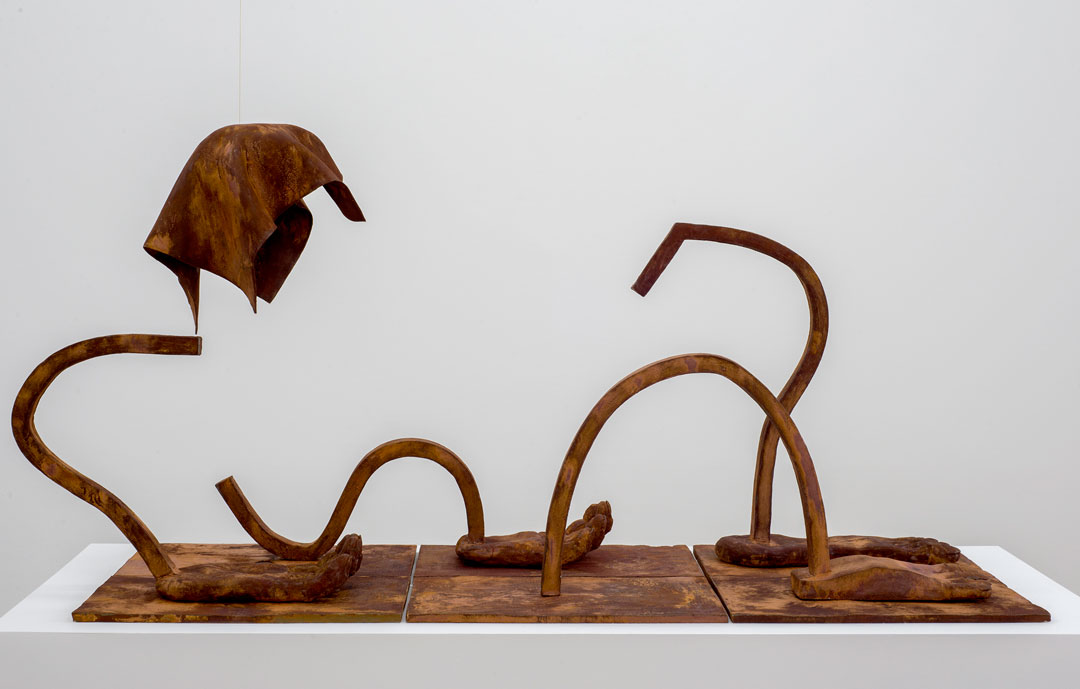
Ceramics is sometimes regarded as decorative, rather than fine arts. Does the distinction bother or annoy you? Within my own use of the material- I never took a ceramics class so I haven’t really had to face this in any way, ultimately it’s a superior sculptural material. And in the wider world- I enjoy the idea that the material is so diverse and has such a broad range of functions/ uses, I celebrate that I don’t understand all of them, I actually find that liberating.
Whose work in this field do you admire? In my opinion Ken Price is the most interesting artist who worked in clay. The thing I find most fascinating about KP is that he was very outward looking, a rarity with artist who works in clay. An example of this is that his work throughout the decades is a very literal representation of design, art, fashion during each period. If you look at a Ford car from 1960 and a KP from 1960 there is an expanded consciousness, alignment even, in the application, finish and form of each object. And this rule continues as you move through the ages with KP, it’s apparent that he was looking and processing information from the world in a somehow democratic capacity, you don’t need art-language or to understand a great many references to receive his work with relish.
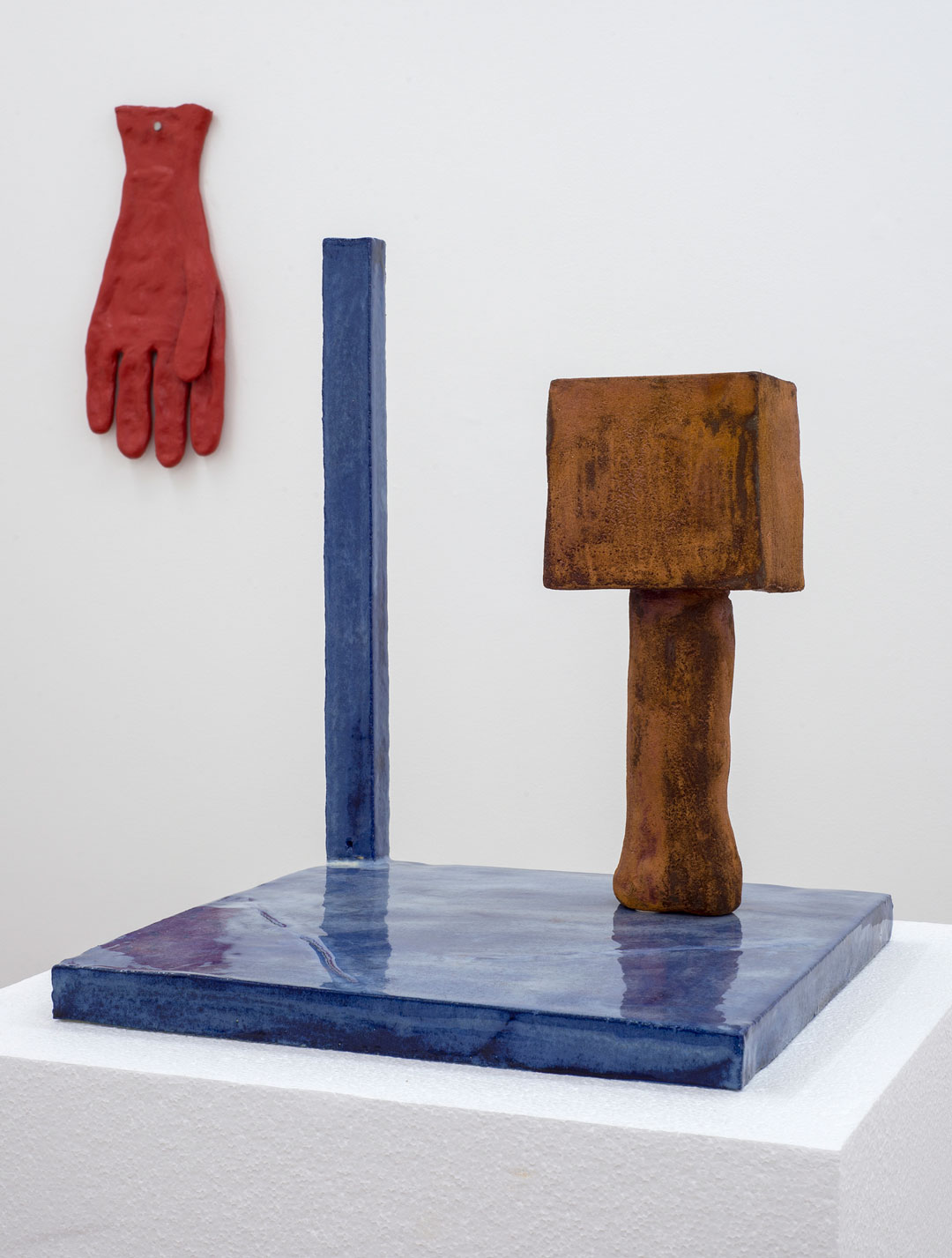
What are the hardest things for you to get ‘right’ and what are your unique challenges? I don’t have any as such in regard to ceramics. I’m trying to make the best possible art I can, trying to expand my language as an artist, communicate better through my work.
What part does the vulnerability of the material play in things? Is it an attraction or a distraction? It’s beautiful, clay. It doesn't always work out. You have to try and be peaceful with that, respond to it not working out. I throw away around 50% of what I complete anyway and so things not making it out of the studio is very normal.
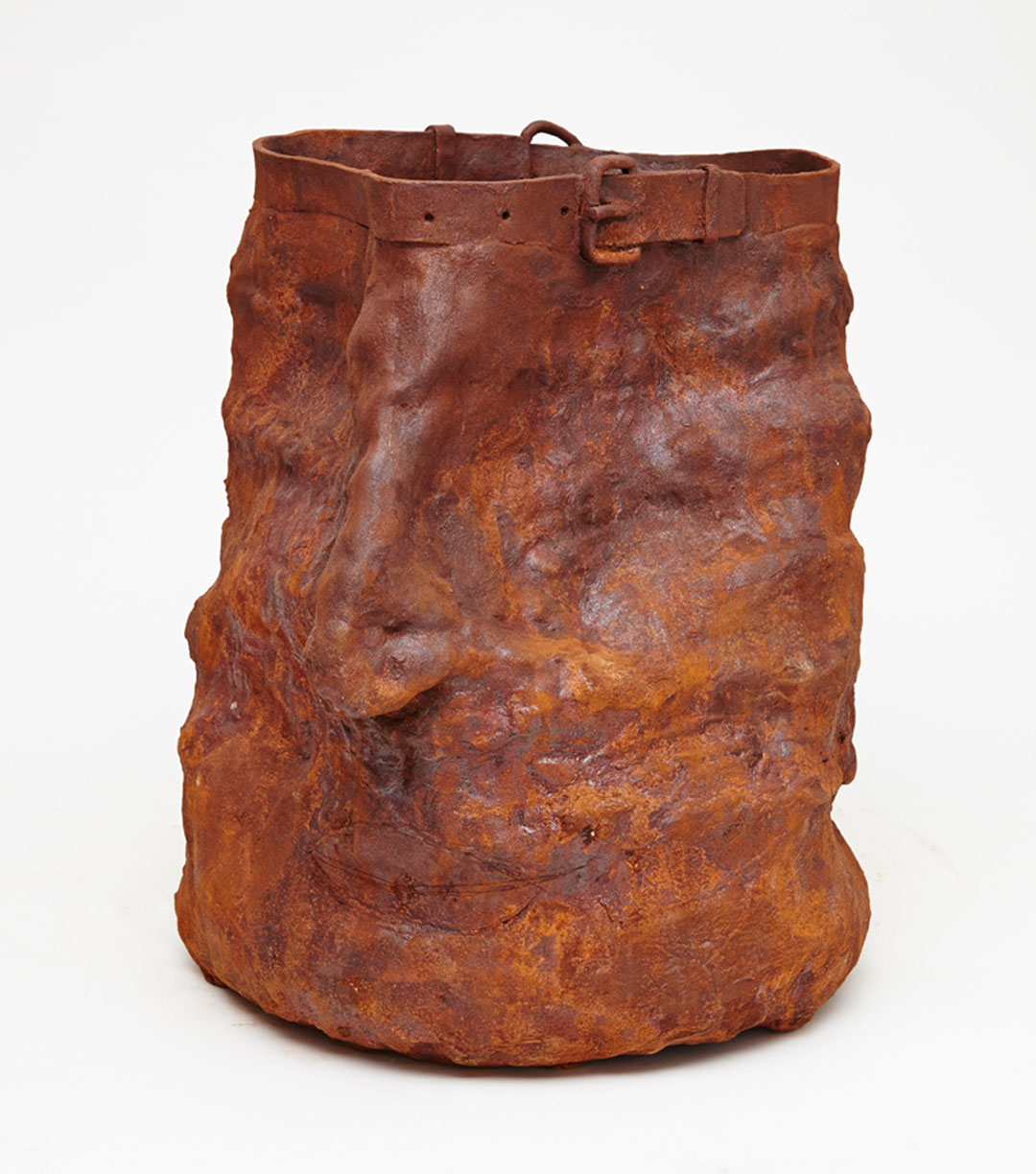
Is how you display a piece an important element of the work itself? Do you ever suggest how something might be displayed? Yes, it is part of the work itself. Often the display of the work is formulated alongside the production of the work. Exhibitions are the work in public, and so every display decision you make is acutely aware of this, and acutely aware of the imminent scrutinisation. Everything is meant, leaving things to chance is a myth, in the context of an exhibition even chance is a construct.
What’s next for you, and what’s next for ceramics? For ceramics!? I really don’t know. It’s pretty ancient already so I’m sure ceramics will take whatever is coming next in it’s stride.
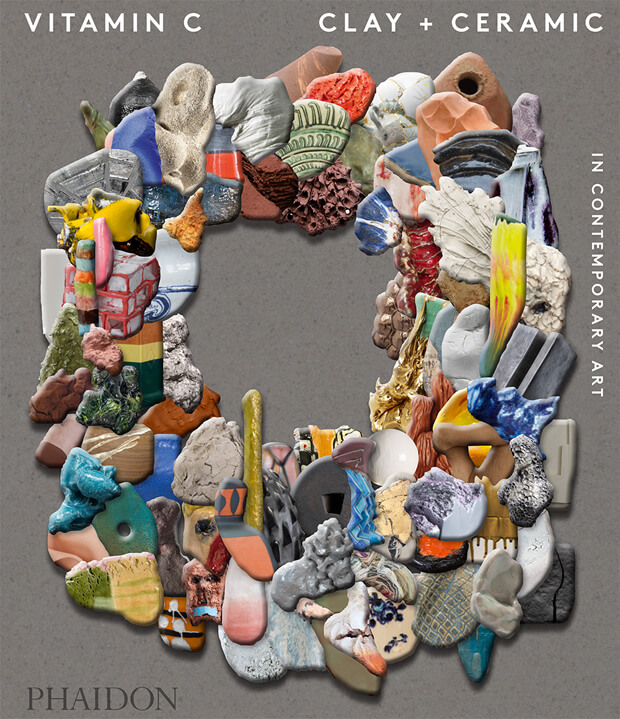
Clay and ceramics have in recent years been elevated from craft to high art material, with the resulting artworks being coveted by collectors and exhibited in museums around the world. Vitamin C: Clay and Ceramic in Contemporary Art celebrates the revival of clay as a material for contemporary artists, featuring a wide range of global talent selected by the world's leading curators, critics, and art professionals. Packed with illustrations, it's a vibrant and incredibly timely survey - the first of its kind. Buy Vitamin C here. And if you're quick, you can snap up work by some of the artists in the book at Artspace.